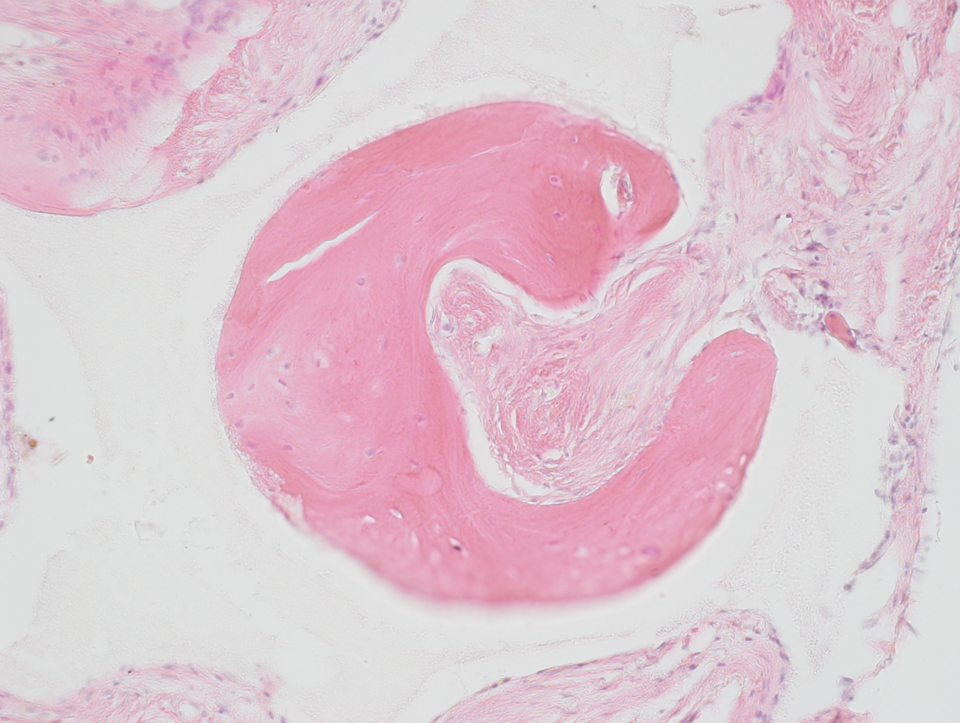Bone Regeneration
Generation of vascularized bone grafts
We aim at regenerating bone by the combination of tissue engineering and surgical techniques, through a concept known as “Regenerative Surgery”. In particular, our group investigates the biology and therapeutic potential of human adipose-derived cells for regenerative applications and aims to extend them into clinical practice. The main research topics are:
1) Engineering of osteogenic tissues and bone grafts with human adipose-derived cells.
The team developed several innovative approaches to generate osteogenic grafts and bone tissue with adipose-derived cells as a source of osteogenic progenitors. Those include the use of perfusion bioreactor systems (Long-term collaboration with Ivan Martin, DBM; Ismail T et al., 2017), in order to seed and culture human adipose-derived cells inside porous ceramic scaffolding materials (Figure 1). More recently, we have directly used fractionated adipose tissue as a native niche to expand and differentiate native progenitors into hypertrophic chondrocytes and generate ectopic bone formation by endochondral ossification (Osinga R et al., 2016; Guerrero J et al., 2018). Another recent strategy involves the use of nanomaterials, in particular magnetic nanoparticles coupled to magnetic fields, to modulate the osteogenic function of adipose-derived cells (Filippi M et al., 2019). All those studies involve the investigation of the biological processes involved and led to the development of specific imaging techniques (Figure 2). Currently, we further explore the mechanisms regulating the chondrogenesis by adipose-derived cells and how those affect endochondral ossification by those cells (Funded by a Project Grant from the SNF).
2) Use of vascularization techniques to improve engraftment and functionality of engineered grafts
Our team revealed and exploited the vasculogenic properties of specific sub-types of adipose-derived cells (endothelial and pericytic cells) in the past. More recent strategies aim at combining such adipose cells-based osteogenic/vasculogenic constructs to arteriovenous bundles to generate axially-vascularized constructs to serve as prefabricated, pedicled bone grafts (Ismail T et al., 2017). Such approaches have been extended to other tissue types such as vascularized skin patches (Collaboration with Ernst Reichmann, University Hospital Zurich) or cardiac patches (Collaboration with Anna Marsano, DBM). Ongoing studies aim at further improving the design of such grafts and at testing them in various types of bone defects. One aspect involved is the choice of the materials used. The choice of the right scaffolding material is critical. To stimulate vascular ingrowth upon implantation, for instance, we design egg white-based biomaterials (Collaboration with Sasan Jalili-Firoozinezhad, MIT, Boston) showing remarkable vascular ingrowth as compared to standard biomaterials such as collagen (Figure 2).
The strategies described, and especially the development of intraoperative generation of grafts, have already led to a Phase I clinical study on bone augmentation in humeral fractures from osteoporotic patients (Saxer F and Scherberich A et al., 2016) and the reconstruction of a hemi-maxilla after tumor resection in a single case trial (See “Link to Clinical Practice”).


